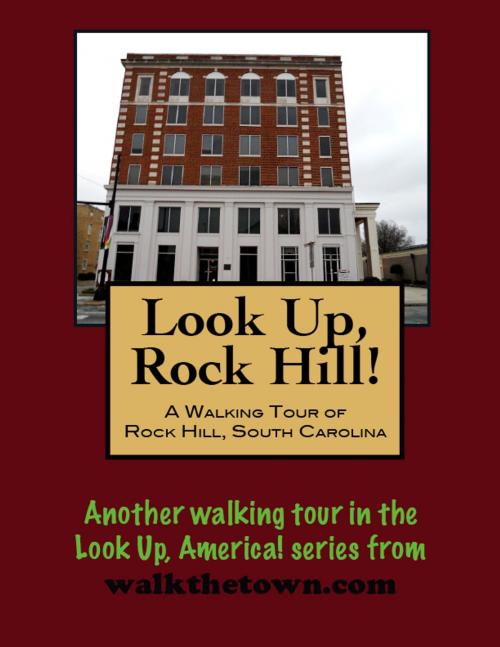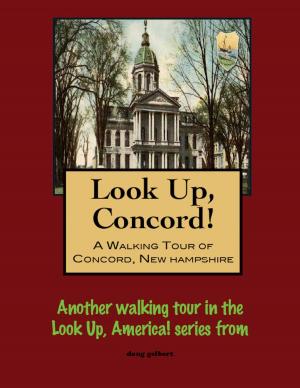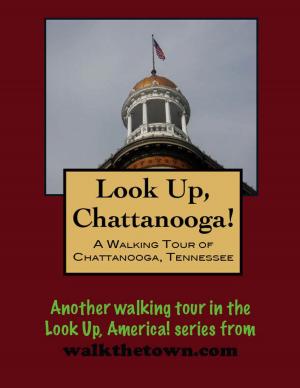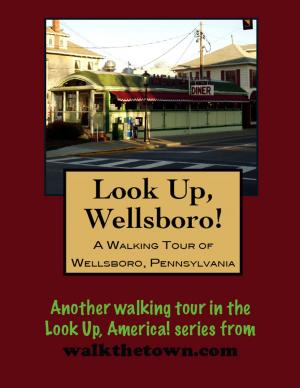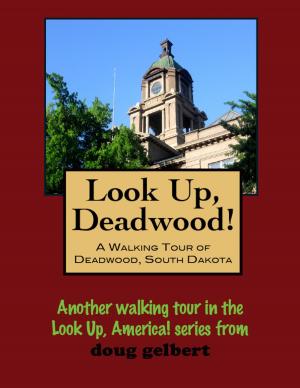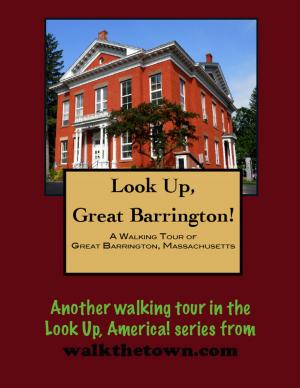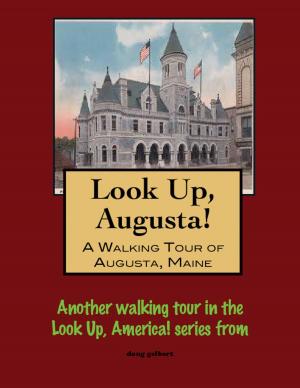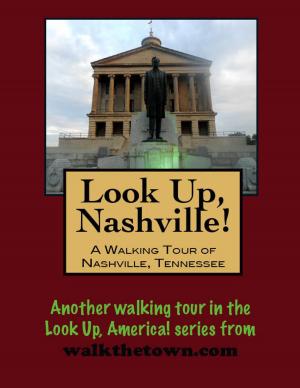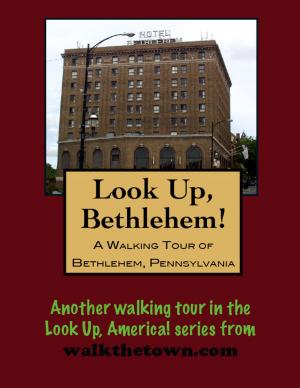| Author: | Doug Gelbert | ISBN: | 9781458014023 |
| Publisher: | Doug Gelbert | Publication: | March 5, 2011 |
| Imprint: | Smashwords Edition | Language: | English |
| Author: | Doug Gelbert |
| ISBN: | 9781458014023 |
| Publisher: | Doug Gelbert |
| Publication: | March 5, 2011 |
| Imprint: | Smashwords Edition |
| Language: | English |
There is no better way to see America than on foot. And there is no better way to appreciate what you are looking at than with a walking tour. This walking tour of Rock Hill, South Carolina is ready to explore when you are. Each walking tour describes historical, architectural landmarks, cultural sites and ecclesiastic touchstones and provides step-by-step directions.
Every tour also includes a quick primer on identifying architectural styles seen on American streets.
It has long been noted that the landscape around Rock Hill is not particularly rocky and not particularly hilly. If anything, the dominant geographic feature in the area is the Catawba River. The city was named for a flint hill of rock that was in the way of the Charlotte and South Carolina Railroad Company, which was building a rail line from Charlotte to Columbia. Much of this rock was removed to make way for the railroad, which built a depot at the site that eventually became known as Rock Hill.
For hundreds of years this was the land of the Catawba Indians, perhaps as many as six thousand. In 1763, despite mostly friendly interaction with the Scotch-Irish who were settling in the rolling backwoods, a treaty with the Catawba, their population greatly reduced by smallpox, left the tribe with a fifteen-square-mile tract on which present-day Rock Hill is located. By the end of the American Revolution Indian Land, as the parcel was known, was home to maybe 250 Catawbas.
It was 1852 when the railroad arrived and a post office called Rock Hill was established. When the state legislature incorporated the town in 1870, Rock Hill was home to three hundred residents, two churches, eleven bars, two hotels, two schools, a tannery, cabinet shop, Masonic Lodge, and post office. In 1870, building contractor A. D. Holler built Rock Hill’s first two-story commercial building. Ten years later James M. Ivy and A. E. Hutchison organized the Rock Hill Cotton Factory and built South Carolina’s first steam-powered mill, one of the state’s earliest postbellum industrial developments.
The venture was so successful that within 25 years there would be seven textile mills in Rock Hill and the town’s boom was in full swing. It scarcely slowed during the Great Depression - labor unrest, not unemployment was the main obstacle to growth - and in the post-World War II years Rock Hill experienced the greatest population growth of any South Carolina city or town. In 1947, thirty-two manufacturers employed over 5,000 people.
But the new residents were not settling in the old neighborhoods, like Oakland, the city’s first planned suburb northwest of town, or the once-prosperous areas to the south and east. They were living near the plants miles out of town and the downtown businesses would eventually follow. Urban renewal came in the 1970s, destroying as much as 40% of Rock Hill’s 19th and early 20th-century buildings by one estimate. To mimic the new suburban shopping malls, a roof was placed over Main Street to create an enclosed retail space called Town Center Mall. It proved a dreary imitation and was finally removed in the 1990s as the town rededicated it priorities to the restoration and rehabilitation of existing buildings.
Our walking tour of the resulting streetscape will begin at the York County Library and the plaza it shares with City Hall on East Black Street...
There is no better way to see America than on foot. And there is no better way to appreciate what you are looking at than with a walking tour. This walking tour of Rock Hill, South Carolina is ready to explore when you are. Each walking tour describes historical, architectural landmarks, cultural sites and ecclesiastic touchstones and provides step-by-step directions.
Every tour also includes a quick primer on identifying architectural styles seen on American streets.
It has long been noted that the landscape around Rock Hill is not particularly rocky and not particularly hilly. If anything, the dominant geographic feature in the area is the Catawba River. The city was named for a flint hill of rock that was in the way of the Charlotte and South Carolina Railroad Company, which was building a rail line from Charlotte to Columbia. Much of this rock was removed to make way for the railroad, which built a depot at the site that eventually became known as Rock Hill.
For hundreds of years this was the land of the Catawba Indians, perhaps as many as six thousand. In 1763, despite mostly friendly interaction with the Scotch-Irish who were settling in the rolling backwoods, a treaty with the Catawba, their population greatly reduced by smallpox, left the tribe with a fifteen-square-mile tract on which present-day Rock Hill is located. By the end of the American Revolution Indian Land, as the parcel was known, was home to maybe 250 Catawbas.
It was 1852 when the railroad arrived and a post office called Rock Hill was established. When the state legislature incorporated the town in 1870, Rock Hill was home to three hundred residents, two churches, eleven bars, two hotels, two schools, a tannery, cabinet shop, Masonic Lodge, and post office. In 1870, building contractor A. D. Holler built Rock Hill’s first two-story commercial building. Ten years later James M. Ivy and A. E. Hutchison organized the Rock Hill Cotton Factory and built South Carolina’s first steam-powered mill, one of the state’s earliest postbellum industrial developments.
The venture was so successful that within 25 years there would be seven textile mills in Rock Hill and the town’s boom was in full swing. It scarcely slowed during the Great Depression - labor unrest, not unemployment was the main obstacle to growth - and in the post-World War II years Rock Hill experienced the greatest population growth of any South Carolina city or town. In 1947, thirty-two manufacturers employed over 5,000 people.
But the new residents were not settling in the old neighborhoods, like Oakland, the city’s first planned suburb northwest of town, or the once-prosperous areas to the south and east. They were living near the plants miles out of town and the downtown businesses would eventually follow. Urban renewal came in the 1970s, destroying as much as 40% of Rock Hill’s 19th and early 20th-century buildings by one estimate. To mimic the new suburban shopping malls, a roof was placed over Main Street to create an enclosed retail space called Town Center Mall. It proved a dreary imitation and was finally removed in the 1990s as the town rededicated it priorities to the restoration and rehabilitation of existing buildings.
Our walking tour of the resulting streetscape will begin at the York County Library and the plaza it shares with City Hall on East Black Street...
